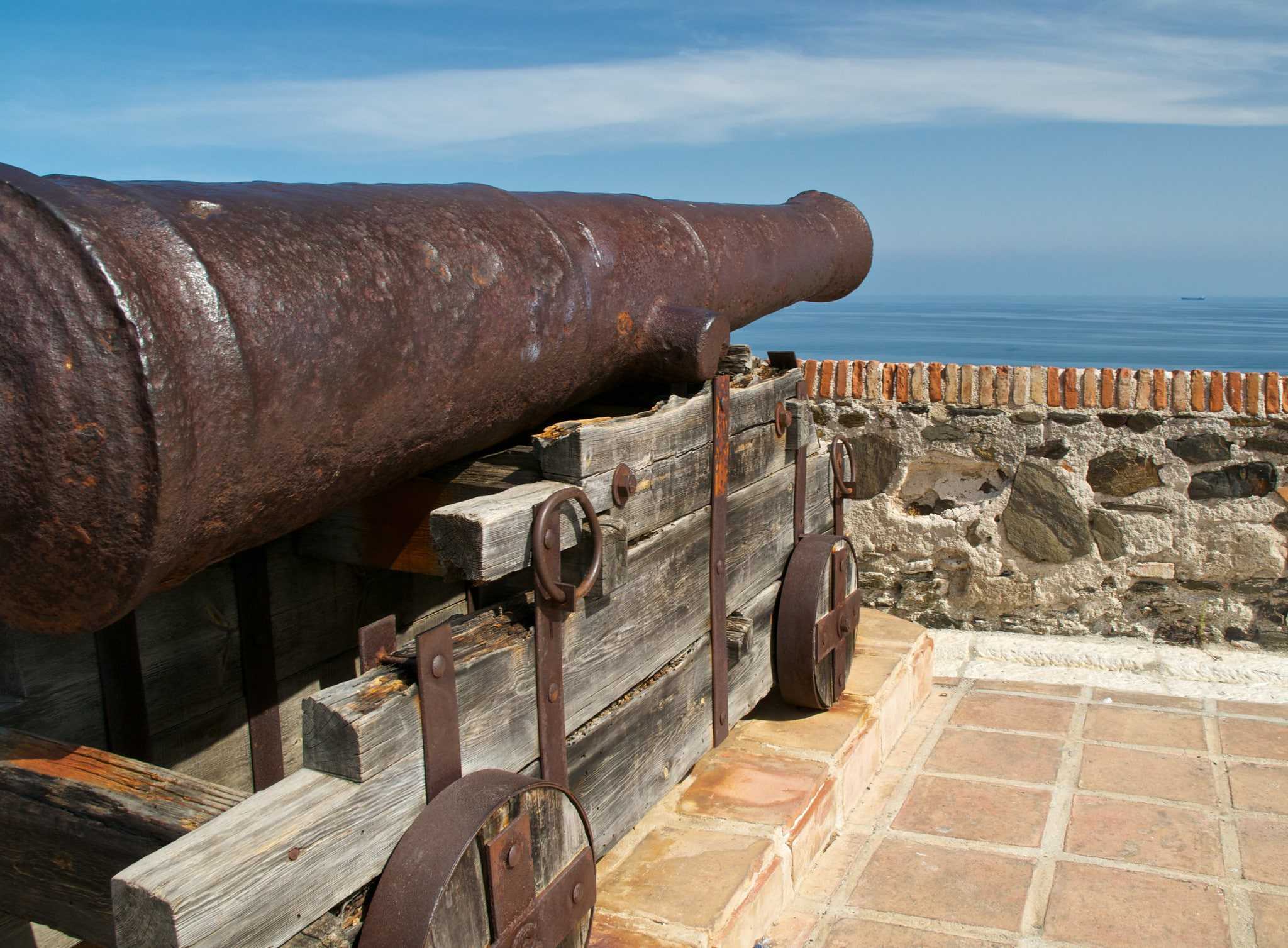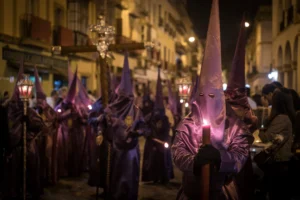Situation
Sohail Castle is perched on a hill next to the sea at 38 meters high and full mouth of the Fuengirola River in the town of Fuengirola, Málaga province.

The area belongs to the Coast of the Sun and is of great interest, so communication is fluid, passing near the national highway.
History
Geographical conditions of the hill on which the castle Sohail sits allowed since ancient times its continued settlement by Phoenicians, Carthaginians, Romans, Muslims and Christians, but building we see today is a fortress Arabic dates from the early days of the invasion of the Iberian peninsula, and was built on a former Roman fortress. Most of what can be seen today is the time of the Caliph Abderrahman III.

In 1485 it was conquered by the Christians in full offensive against the Moorish kingdom of Granada, beginning an important adaptation of its architecture.
In 1513 the Master ‘s title is created from Fuengirola and gives Bartolome de Briones (Aposentador of Juana I of Castile), confirmed in 1525 Sancho de Briones (Aposentador of Emperor Charles I), son of the former.
In 1530 Sancho de Briones sells the Royal Decree (title) to Captain Juan de Pacheco Vallejo I (Villasevil, c.1490 – c.1560). Juan was also commandant of the fortress The title is about 19 manor houses planned within the castle and surrounding lands linked. Until 1870 the manor happens without interruption title descendants of Captain Juan de Pacheco Vallejo I.

In 1548 instituting the Mayorazgo de Pacheco which includes the lordship over Fuengirola and Hacienda Pacheco(Located halfway between the current terms of Mijas and Fuengirola).
In 1581 it joined lordship over the village of Casares to the Mayorazgo.
in 1628 starts a lawsuit over ownership of the 19 houses, this lawsuit remains open until the end of the seventeenth century, untried. In 1789 the lawsuit, which the same as above is not completed until the middle of the nineteenth century, when legally disappear manorial titles and the impossibility seen to solve the underlying problem rehabilitates: Failure by the Crown of an agreement on unpaid leases by the Crown to the owner ‘s family since 1628.
Because of its proximity to the sea, the town of Fuengirola and its castle suffered multiple attacks by the legendary pirate Barbarossa, so that King Charles I had built the moat. He also was a victim of smuggling experienced the area when the British occupied the area of the Rock of Gibraltar, so the Count Montemar carried out a series of reforms.
In 1810 Napoleon’s troops occupied the castle with a strong garrison, until in 1812 was occupied by Spanish troops again.

In 1855, with the Confiscation of Madoz, the state sells all of the castle and its lands. After a first frustrated award reverts to the State, who manages to sell it back to Manuel Cebrian, who in turn gives it to Doña Bárbara de Obregón and Puente (Muriedas 1812 – Malaga, 1891, Dowager Countess of San Isidro) in 1870 . from 1870 to 1985 the castle was entirely owned by the descendants of Barbara de Obregón and Puente (great-grandmother Leopoldo Werner Bolin). In 1985 it was sold by the sisters and heirs of Leopold Werner, with other lands, a known promoter of Fuengirola, who in turn sold the castle to the City, its current owner.

In the nineteenth and twentieth centuries housed the offices of the Civil Guard released the family who owns the farm where the castle was. At the beginning, when the road from Fuengirola to Marbella opened (through expropriation), Leopoldo Werner Martinez of the Field (Paris, 1860 – Malaga, 1936) he gave permission for the Carabineros built wooden huts on the foundations of old houses of the castle . Years later were replaced by the Guardia Civil disappeared when the carabinieri. In addition to this position, there was another in what today is the building of the restaurant Sheriffwhich he was also donated by Leopoldo Werner to the Carabinieri. In exchange for the use of the castle, its owner managed to guard the entrance to their lands (on both sides of the road) along the new road of unauthorized persons.
Description
The enclosure has polygonal with high towers and narrow at its corners. The building had several hits, the most significant one door, looking tower, to access inside it. Before reaching this door, climb a small ramp.
There are several high towers and narrow at the corners but there is no possessing the characteristics of a tower of the tribute. However, there is a tower that stands at the center of the building and reaching greater heights. Another notable for its battlements towers, built in more recent times .

The gate-tower main feature its defensive structure. It is accessed after overcoming a difficult ramp arrival at the building. This is the door which is provided with multiple defensive elements and is the largest. The building had different entrances but this is dated in the XVI century.
Materials
This malagueña stone fortress rose but with different construction systems, because of the multitude of residents who occupied their stays. was used masonry brick lines material widely used by Arab. the mud and masonry to reinforce some parts of the building was also used.
State of conservation
It is in state of consolidated ruin. In 1974 the first archaeological work (paid by the family and performed by a professional archaeologist) were initiated. In 1978 it was declared (after checking with Leopoldo Werner Bolin) Historic-artistic.

In 1995 the interior and the entrances were put up the castle served as an auditorium. Since then, the festival has been held annually City of Fuengirola . Since 2000 they are also held in this auditorium Nights Castle .
In 2002 was an ambitious project, the Park of the Castle, which was the remodeling of their environment, and the construction of over 60,000 square meters of green areas, parks and archaeological area.
Ownership and Use
Today it is municipal property and has qualified as a music auditorium.
Protection
Under the protection of the generic Declaration of the Decree of 22 April 1949, and Law 16/1985 on Spanish Historical Heritage.
You visits
The Sohail castle is open for tours from Monday to Sunday between 10 and 21 hours uninterrupted schedule. More information on the Casa de la Cultura in Fuengirola, located at Avenida Juan Gómez Juanito , telephone (952) 58 93 49, or at the Tourist Office, located at Avenida Jesus Santos Rein, phone (952) 467625.










